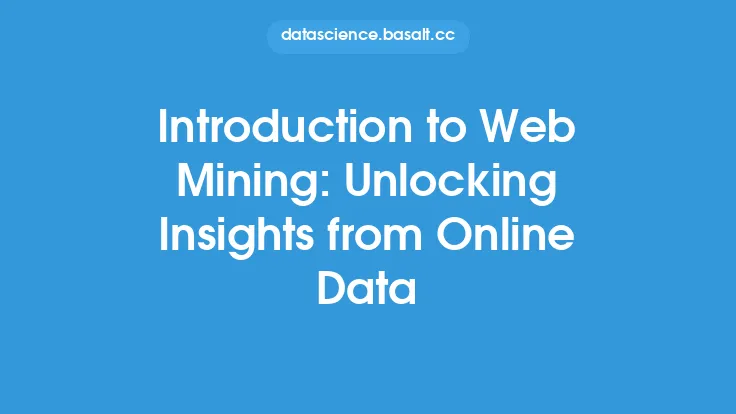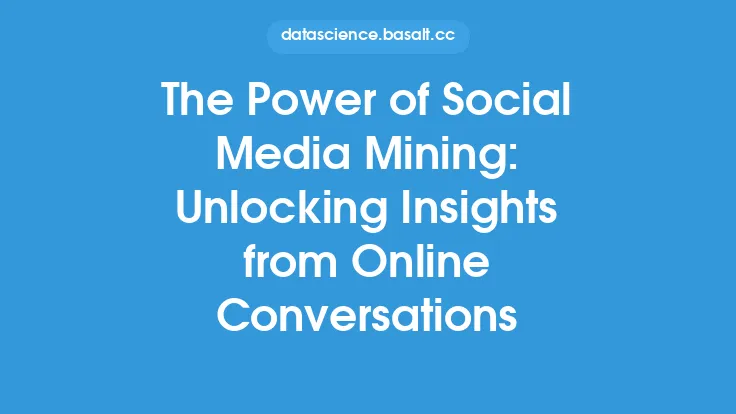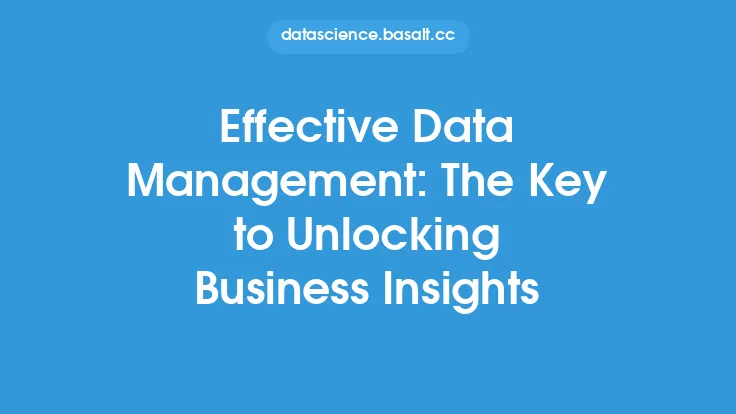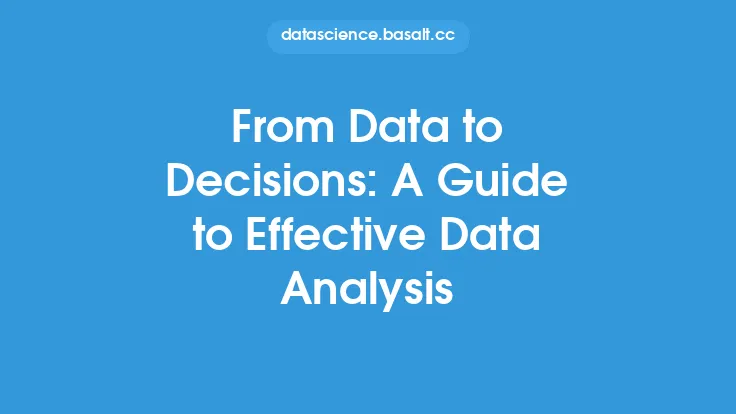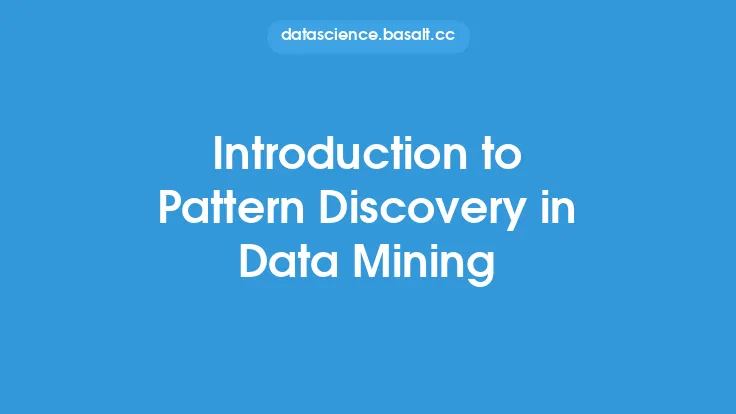Text mining, also known as text data mining, is the process of extracting useful insights, patterns, and relationships from large amounts of text data. It is a subfield of data mining, which deals with the discovery of hidden patterns and relationships in data. Text mining involves using various techniques from computer science, statistics, and linguistics to analyze and extract meaningful information from unstructured text data. The goal of text mining is to turn unstructured text data into structured data that can be used for analysis, decision-making, and other purposes.
What is Text Mining?
Text mining is a multidisciplinary field that combines techniques from natural language processing, machine learning, and data mining to extract insights from text data. It involves using algorithms and statistical models to identify patterns, relationships, and trends in text data. Text mining can be applied to various types of text data, including documents, emails, social media posts, and web pages. The process of text mining typically involves several steps, including text collection, text preprocessing, pattern discovery, and evaluation.
Types of Text Mining
There are several types of text mining, including:
- Document mining: This involves analyzing a collection of documents to extract insights and patterns.
- Web mining: This involves analyzing web pages and online content to extract insights and patterns.
- Social media mining: This involves analyzing social media posts and online conversations to extract insights and patterns.
- Sentiment analysis: This involves analyzing text data to determine the sentiment or emotional tone of the text.
- Topic modeling: This involves analyzing text data to identify underlying topics or themes.
Text Mining Techniques
Text mining involves using various techniques to extract insights from text data. Some common text mining techniques include:
- Tokenization: This involves breaking down text into individual words or tokens.
- Stopword removal: This involves removing common words such as "the" and "and" that do not add much value to the analysis.
- Stemming or lemmatization: This involves reducing words to their base form so that words with the same meaning are treated as the same word.
- Named entity recognition: This involves identifying named entities such as people, places, and organizations in text data.
- Part-of-speech tagging: This involves identifying the part of speech (such as noun, verb, or adjective) of each word in text data.
Text Mining Applications
Text mining has a wide range of applications in various fields, including:
- Business: Text mining can be used to analyze customer feedback, sentiment, and preferences.
- Research: Text mining can be used to analyze large amounts of research papers and articles to identify patterns and trends.
- Marketing: Text mining can be used to analyze social media posts and online conversations to identify marketing opportunities.
- Healthcare: Text mining can be used to analyze medical records and clinical notes to identify patterns and trends.
Challenges in Text Mining
Text mining poses several challenges, including:
- Handling unstructured data: Text data is often unstructured, which makes it difficult to analyze and extract insights.
- Dealing with noise and ambiguity: Text data can be noisy and ambiguous, which makes it difficult to extract accurate insights.
- Handling large volumes of data: Text data can be very large, which makes it difficult to analyze and extract insights.
- Ensuring data quality: Text data can be of poor quality, which makes it difficult to extract accurate insights.
Conclusion
Text mining is a powerful tool for extracting insights from unstructured text data. It has a wide range of applications in various fields, including business, research, marketing, and healthcare. However, text mining poses several challenges, including handling unstructured data, dealing with noise and ambiguity, handling large volumes of data, and ensuring data quality. By using various techniques such as tokenization, stopword removal, stemming or lemmatization, named entity recognition, and part-of-speech tagging, text mining can help organizations and individuals extract valuable insights from text data. As the amount of text data continues to grow, the importance of text mining will only continue to increase.
